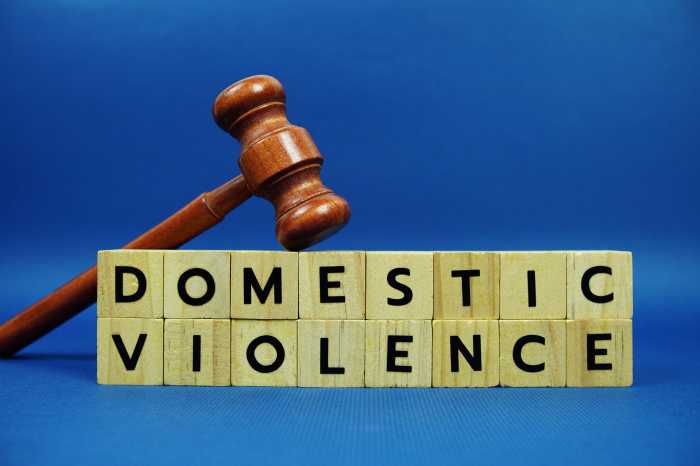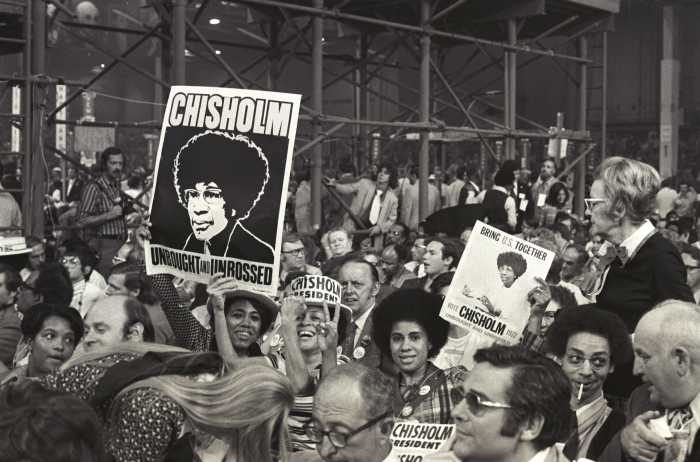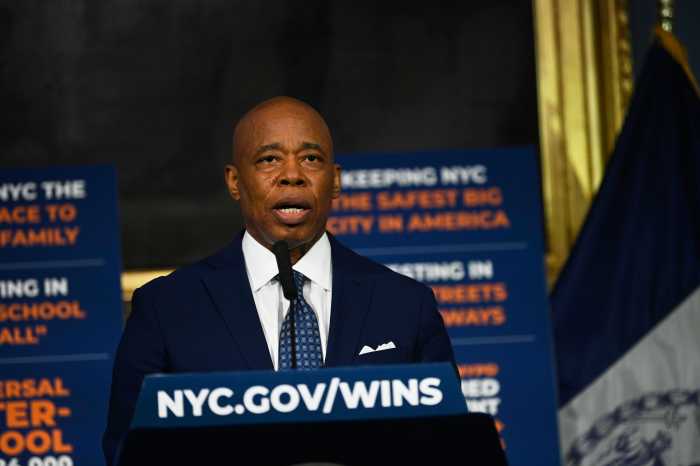As public safety leaders, we understand the phrase, “walk the walk.” We relate to the challenges our first responders encounter – chasing criminals, performing CPR, rushing into burning buildings – because we’ve been there, we’ve done it, and we’ve walked miles in those boots. It is a privilege to serve our communities and to work with exceptional colleagues on the front lines. In doing so we must acknowledge these challenges and advocate for our people.
But what about the unseen challenges first responders face; the rarely-talked-about mental health struggles? Are public safety leaders willing to “walk the walk” when it comes to mental health?
Compared with the general population, first responders experience higher rates of depression, post-traumatic stress, burnout, anxiety, drug and alcohol addiction, and more. These often lead to secondary health risks, such as cardiovascular disease and disordered sleep.
First responders are also at higher risk for suicidal tendencies, a fact highlighted in September during Suicide Prevention Awareness month.
In addition, the morale, recruitment, and retention challenges experienced by public safety departments across the country often have roots in a department’s handling of mental health. Public safety leaders can significantly impact first responder general wellbeing and mental health by walking the walk. Our subordinates watch us. They look to see if our actions match our words. And as leaders, we can both model and mentor the wellness behaviors we want to see as the norm in the future generation.
A recent white paper published by the FirstNet Health and Wellness Coalition outlines five key recommendations for addressing public safety’s mental health crisis, the first of which is to engage leaders. The Coalition, a branch of the public/private first responder communications network FirstNet, built by AT&T, includes members from more than two dozen national organizations that represent every public safety discipline and rank, including numerous chiefs’ associations. Our group conducted a comprehensive analysis of data and literature and surveyed first responders. From this study, it became clear that first responders know they must address their mental health wellbeing, and want their superiors committed to the effort.
Respondents to the Coalition survey hoped to deepen engagement of mid-level managers and commanders. One respondent remarked: “Leadership needs to be involved…at the same level as other staff and provide funding and participation that shows their real support.” Leaders need to go beyond talking and model positive mental health and wellness practices, a fact that is underscored in many studies and literature.
Engaging leadership is the first recommendation because it impacts everything else.
For example, the Coalition suggests the need to integrate wellness into training and education programs, which requires leadership buy-in, participation, and advocacy. Attaching awards and incentives to health and wellness engagement was repeatedly embraced by survey respondents. The services must start early, at the entry level, and continue through retirement.
Another Coalition recommendation emphasizes the need to communicate more effectively about mental health. One study showed that rank-and-file first responders were more likely to participate in conversations about trauma and struggle when leaders joined in. It is important for public safety leaders to actively listen to their people. First responders say the programs with greatest impact focus on stress management, physical fitness, life coaching, resilience training, and addressing anxiety. Barriers cited include insufficient time, work-life balance struggles, the cost of activities, and lack of awareness of resources.
Organizations that holistically collaborate in healthy endeavors and are vocal about their importance can erase stigma; build a sense of community, belonging and resilience; and combat problems with recruitment, retention, and morale.
October 28 marks National First Responders Day, a chance to highlight the importance of first responder wellness efforts, and some of the associated tools, resources and techniques. Mental health and wellness activities must be viewed as an opportunity for everyone in a department, from top to bottom. We urge our fellow public safety leaders – chiefs, agency heads, medical professionals, and others – to think outside the box, pursue wellness opportunities and set the tone by walking the walk.
John Flynn currently serves as the Vice President for the National Association of Police Organizations (NAPO), Kathleen O’Toole is a former Boston Police Commissioner and the former Chief of the Seattle Police Department and served as Massachusetts Secretary of Public Safety and Jeff Johnson is the Executive Director of the Western Fire Chiefs Association, former President of the International Association of Fire Chiefs (IAFC) and retired Tualatin Valley Fire & Rescue Fire Chief (Oregon).






































